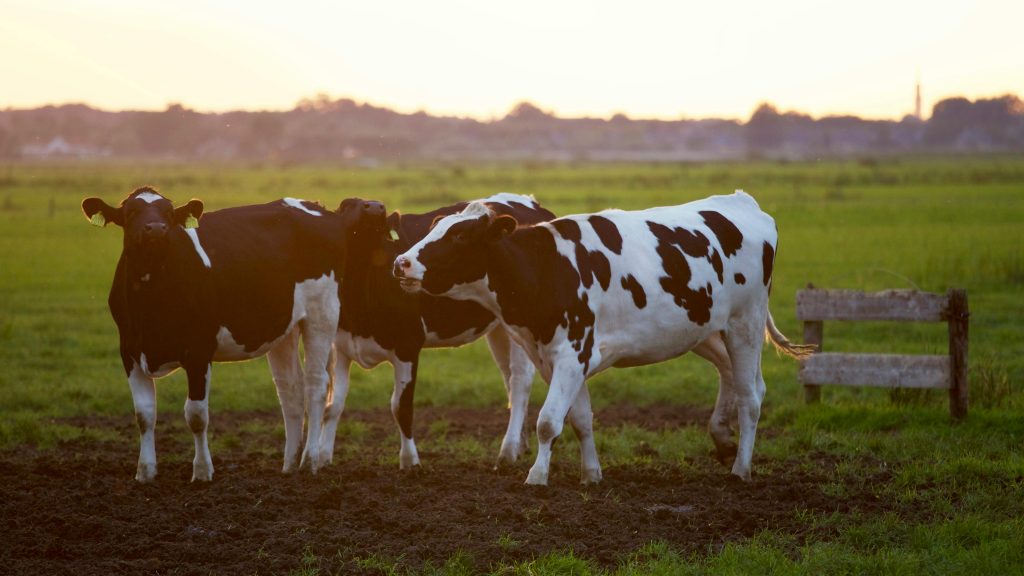How to Safeguard Your Livestock Investment with Effective Insurance Strategies

Key Takeaways:
- Understanding the types of livestock insurance available can protect against financial losses.
- Effective insurance strategies can help in risk management for farmers and ranchers.
- Livestock insurance covers a range of perils, from accidents to natural disasters.
- Comparing different insurance policies is crucial for choosing the best coverage.
The Importance of Livestock Insurance
Livestock insurance is a vital component of risk management for farmers and ranchers. This form of insurance significantly protects your financial investment against unforeseen circumstances like natural disasters, accidents, and diseases. A well-structured insurance policy can make the difference between quick recovery and lasting financial hardship. For instance, livestock mortality insurance ensures coverage for various unfortunate events, providing a safety net to sustain your livelihood during challenging times.
Types of Livestock Insurance
Several types of livestock insurance policies are designed to address different needs and risks associated with farming and ranching. Understanding the various options can help farmers and ranchers make informed decisions:
- Individual Animal Insurance: This type of insurance is ideal for high-value animals. Whether it’s a prized bull, an award-winning horse, or a specialized breed, animal insurance ensures that specific, high-cost livestock receive the necessary coverage.
- Blanket Insurance: Blanket insurance provides comprehensive coverage for multiple categories of farm property under one policy. This includes livestock, machinery, buildings, and other infrastructure.
- Herd Insurance: Designed for farmers with large numbers of livestock, herd insurance covers groups of animals collectively rather than individually.
Common Perils Covered
Understanding the specific perils covered by livestock insurance ensures that policies provide comprehensive protection. Common perils include:
- Natural disasters such as floods, earthquakes, and fires often threaten livestock significantly.
- Accidents, including those occurring during transportation or within the farm, can lead to injury or death of livestock.
- Diseases and mortality are other critical risks. Insurance policies covering disease outbreaks and high mortality rates can help mitigate financial losses.
- Theft and vandalism also pose risks to livestock owners. Insurance covering these crimes provides financial support to replace stolen or damaged animals.
An informative source from Reuters discusses how natural disasters have affected agriculture and highlights the importance of risk management strategies, including insurance.
Comparing Insurance Policies
Not all insurance policies offer the same level of protection. Therefore, it is crucial to compare different policies to ensure comprehensive coverage:
- Coverage Scope: Farmers should ensure that the policy covers all potential risks for their livestock operation.
- Premium Costs: Balancing affordability with the level of protection is essential. Farmers must find a policy that provides adequate coverage without prohibitively expensive.
- Claim Process: A straightforward and reliable claim process is vital. Farmers should understand how to file claims and know what documentation is required.
Additionally, experts from CNBC Agriculture offer insights on the factors to consider when choosing the best agricultural insurance policy.
Steps to Implement an Effective Insurance Strategy
Implementing an effective insurance strategy involves a few crucial steps:
- Evaluate Risks: Begin by identifying the specific risks to your livestock. Regularly reassess these risks as conditions change.
- Consult Insurance Experts: Seeking advice from insurance professionals can help tailor a policy that meets your needs.
- Regular Policy Review: Periodically reviewing and updating your policy is crucial. As your operation grows or changes, your insurance needs may also change.
- Document Management: Maintaining thorough livestock records, including health and valuation documentation, is essential for precise claim processing.
Conclusion
Protecting your livestock investment with the right insurance strategies is essential for long-term sustainability in the agricultural business. Understanding the types of coverage available, evaluating different policies, and implementing strategic steps can safeguard your financial future against unforeseen risks. Farmers and ranchers can ensure their operations remain resilient and prosperous by staying informed and proactive.















